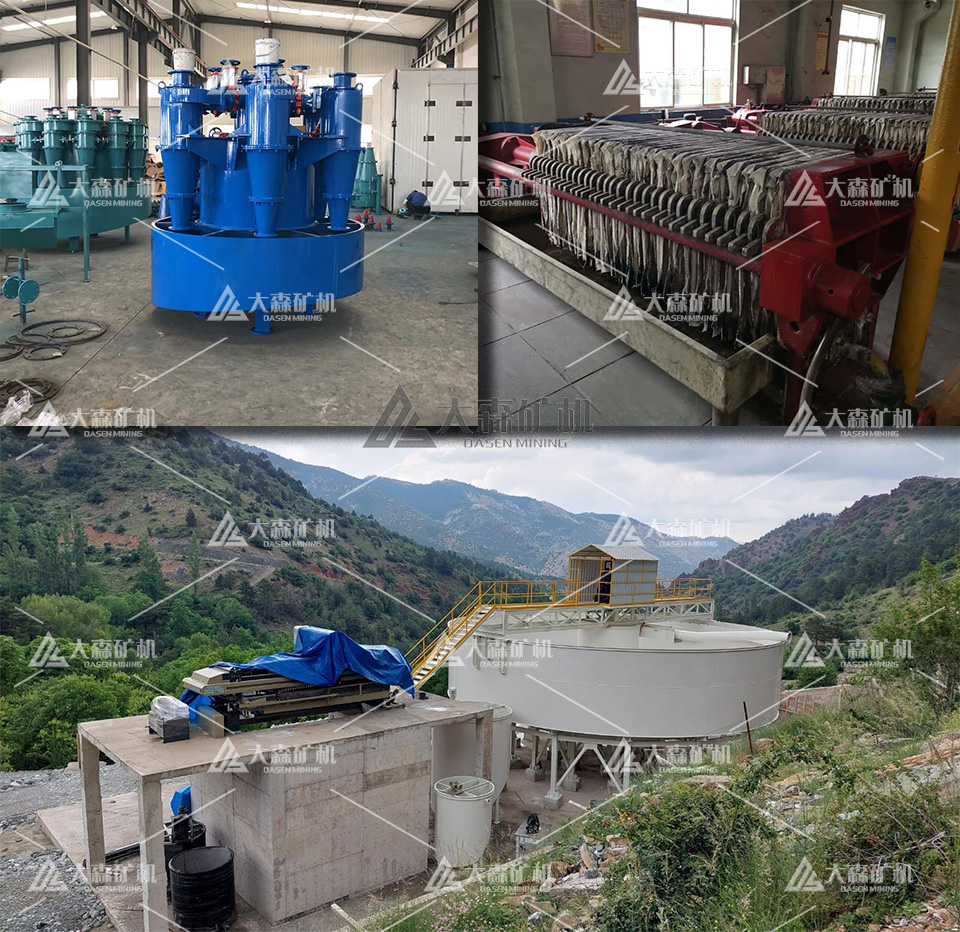Is Tailings Treatment Essential After Gold Froth Flotation?
Gold froth flotation is a cornerstone of modern mineral processing, enabling precise and efficient separation of gold and other valuable minerals. The process is crucial for maximizing flotation gold recovery. It is highly valued for its ability to selectively separate minerals, which is achieved through the effective use of flotation reagents.
While flotation reagents play a role, the focus here is on tailings treatment. After gold froth flotation, the management of tailings becomes essential. For ultra fine particle size tailings slurry with solid phase particle d50≤0.023mm, a two stage concentration filtration scheme (cyclone + thickener + filter) is commonly used for dry discharge.
The cyclone serves as the first thickening stage. The tailings slurry is fed into it, with the overflow going to the thickener. The combined underflow from the cyclone and thickener is then filtered. The overflow and filtered water from the thickener are recycled, contributing to sustainable operations. The resulting filter cake, with 15 – 20% water, can be directly discharged.
This dry tailings discharge process, by using the series thickening of cyclone and thickener, capitalizes on the different sedimentation speeds of minerals. This not only improves the thickener’s processing capacity, preventing overflow and muddiness, but also aids in flotation gold recovery. It produces a highly concentrated underflow, significantly enhancing the tailings dry drainage system’s capacity.
In a concentrator’s actual operation, conducting tailings settlement and particle size analysis tests is advisable. By analyzing the tailings’ characteristics and considering factors like backwater quality, scale, and budget, the most suitable tailings dry – discharge process can be chosen. This approach ensures effective tailings management and better flotation gold recovery in gold froth flotation operations.
Whatsapp:+86 133 1927 7356
Email:[email protected]

